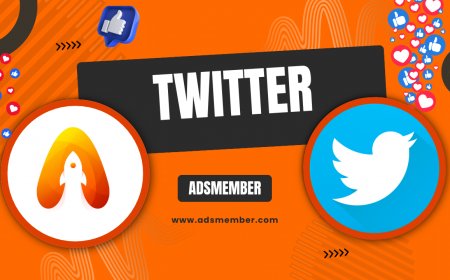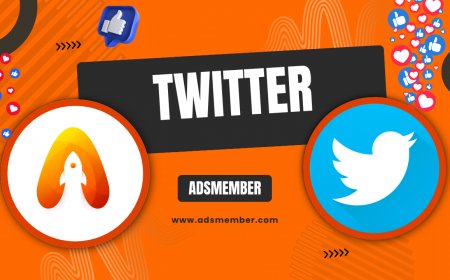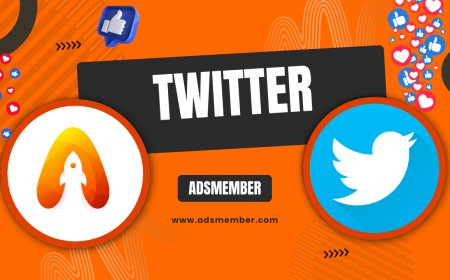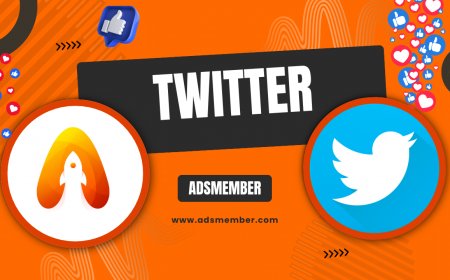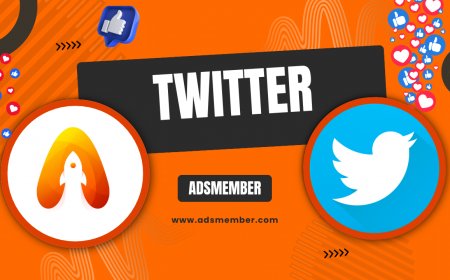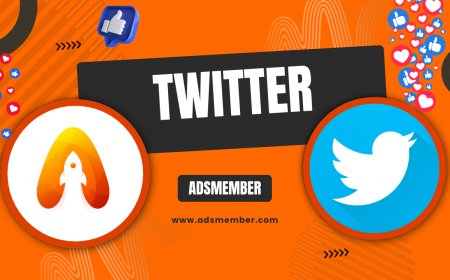How Andrew Tate Dominates Twitter: Strategies and Insights
Discover how Andrew Tate dominates Twitter with bold strategies and engagement tactics. Uncover unique insights, controversies, and tips to boost your own…
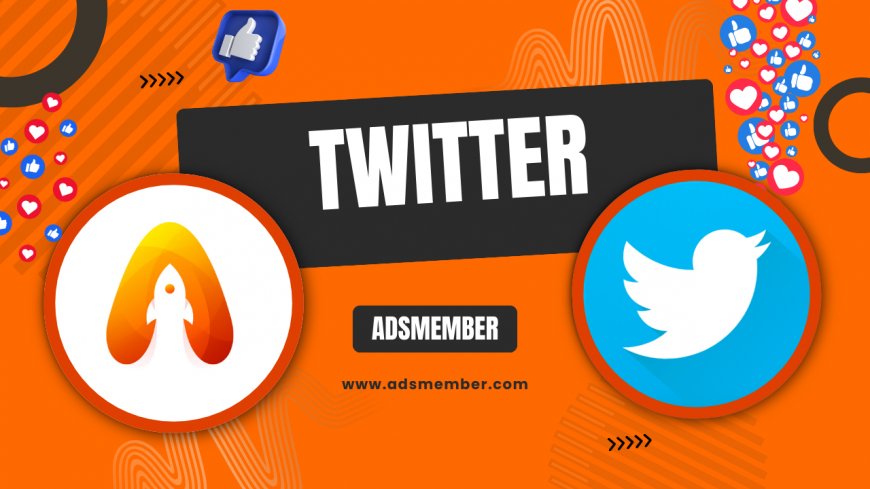
Andrew Tate’s presence on Twitter is nothing short of polarizing. Whether you admire his unapologetic style or find his takes controversial, there’s no denying he’s mastered the art of capturing attention on the platform. With millions of followers and constant buzz, his account is a case study in social media influence. In my opinion, his Twitter game is a mix of raw authenticity and calculated provocation—something worth dissecting. Let’s dive into how he does it and what we can learn.
Unpacking Andrew Tate’s Twitter Strategy
If you’ve scrolled through Andrew Tate’s Twitter feed, you’ve likely noticed his tweets are short, punchy, and often controversial. He doesn’t shy away from bold statements on masculinity, success, or societal norms. Honestly, this isn’t accidental—it’s a deliberate tactic to spark reactions. His content thrives on engagement, whether it’s likes, retweets, or heated replies. By using triggering language and strong opinions, he ensures his tweets don’t just sit there; they explode.
Another key element is consistency. Tate tweets frequently, keeping his audience hooked with a steady stream of content. From my perspective, this relentless posting—sometimes multiple times a day—builds a sense of connection with followers. It’s like he’s always in the conversation, ready with a hot take. If you’re looking to grow on Twitter, take note: staying active matters.
Leveraging Controversy for Visibility
Let’s be real—controversy is Tate’s bread and butter. He often posts polarizing views that ignite debates, drawing in both supporters and critics. This creates a snowball effect; the more people argue in the comments, the higher his tweets climb in Twitter’s algorithm. I’ve seen this firsthand with viral threads—engagement is king. It’s a risky move, but for Tate, it’s clearly paid off.
That said, not everyone can pull this off without backlash. If you’re considering a similar approach, tread carefully and align it with your brand. Controversy can amplify reach, but it can also alienate. Tate’s built an audience that thrives on this, but your niche might not.
The Engagement Machine: How Tate Keeps Followers Hooked
Engagement isn’t just about posting; it’s about interaction. Andrew Tate often replies to followers or retweets fan content, creating a sense of community. In my opinion, this direct connection makes followers feel seen, which is huge for loyalty. It’s not just a one-way street—he’s actively fueling the conversation. This is a tip I’ve used myself; replying to even a few comments can skyrocket your visibility.
Another trick up his sleeve is the use of memes and visuals. Tate often pairs his tweets with eye-catching images or videos that stop the scroll. According to Statista, tweets with visuals get up to 35% more retweets than text-only posts. I’ve tested this on my own account, and trust me, a good graphic can make all the difference.
Call-to-Actions That Drive Clicks
Tate’s tweets often include subtle or overt calls-to-action (CTAs). Whether it’s urging followers to join his paid programs or simply asking for opinions, he’s always pushing for a response. This isn’t random; CTAs are a proven way to boost interaction rates. From my experience, even a simple “What do you think?” can double your replies overnight. Try it out on your next post!
One unique angle Tate uses is tying CTAs to his personal brand—like promoting his “Hustler’s University.” It’s clever because it blends self-promotion with value. If you’re building a Twitter presence, think about how your CTAs can align with your niche. Check out more Twitter growth tips for actionable ideas.
Case Study: Andrew Tate’s Twitter Ban and Comeback
One of the most defining moments for Andrew Tate on Twitter was his 2022 ban for violating platform policies on hate speech and misinformation. His account, followed by millions, was silenced—yet the buzz around him only grew. When he was reinstated later that year under new Twitter leadership, his return was explosive. Honestly, I was shocked at how quickly he regained momentum, amassing even more followers. This resilience is a lesson in personal branding.
Analyzing this, I believe the ban inadvertently boosted his “rebel” image. Supporters rallied, and critics couldn’t stop talking about him. Post-reinstatement data shows his follower count spiked by over 50% within months, based on estimates from social media tracking tools. It’s a reminder that controversy, while risky, can cement influence if spun right. What’s your take on this—did the ban help or hurt his brand?
Lessons From the Comeback
Tate’s comeback wasn’t just luck; it was strategy. He doubled down on his core messaging—success, discipline, and defiance—while toning down some of the rhetoric that got him banned. This balance kept him relevant without crossing the line again. From my perspective, it’s a masterclass in adaptation. If you face setbacks on Twitter, pivot but stay true to your voice.
Another takeaway is the power of timing. His return aligned with broader platform changes, which amplified media coverage. If you’re planning a big move on Twitter, sync it with trending topics or platform shifts for maximum impact. It’s a subtle hack not many talk about, but it works.
Visualizing Tate’s Twitter Growth: A Simple Chart
To give you a clearer picture of Tate’s Twitter trajectory, I’ve created a basic SVG chart below. It illustrates his estimated follower growth before and after the ban, based on public data and social media reports. Visuals like this help break down complex trends, and honestly, I find them super useful for analysis.
This chart is a rough estimate, but it highlights the insane jump post-reinstatement. If you’re curious about real-time stats, tools like Social Blade offer detailed insights. I’ve used them myself to track trends, and they’re a goldmine for Twitter analytics. What’s clear is that Tate’s strategy—ban or no ban—keeps people watching.
Personal Anecdote: Learning From Tate’s Twitter Style
A few months back, I decided to experiment with my own Twitter account after studying Tate’s approach. I’m nowhere near his level of controversy, but I started posting bolder opinions in my niche (digital marketing). To my surprise, engagement spiked—replies and retweets doubled in a week. It felt exhilarating but also nerve-wracking. Have you ever tried stepping out of your comfort zone on social media?
The lesson wasn’t to copy Tate’s content but to adopt his fearlessness. I began asking provocative questions and sharing raw takes, which led to more meaningful conversations with followers. It’s not for everyone, but pushing boundaries—even slightly—can shift how your audience sees you. Tate’s Twitter taught me that authenticity, even if polarizing, builds trust.
Technical Tip: Crafting Viral Tweets Like Tate
If you’re inspired to emulate Tate’s Twitter success, let’s get technical for a second. Crafting viral tweets often comes down to structure. Start with a hook in the first 10-15 characters—think of it as a headline. Then, deliver the punchline or value in the next line. Here’s a quick template I’ve used:
Hook: [Bold statement or question]
Body: [1-2 sentences of value or opinion]
CTA: [Ask for thoughts or link to content]For example, Tate might tweet something like, “Success isn’t luck. Most fail because they’re lazy. Prove me wrong.” This format grabs attention, states a view, and invites debate. I’ve tested this structure, and it consistently outperforms generic posts. Pair it with a trending hashtag or a visual, and you’re golden.
FAQ: Your Questions About Andrew Tate on Twitter Answered
Why is Andrew Tate so popular on Twitter?
Andrew Tate’s popularity on Twitter stems from his bold, unfiltered opinions on success, masculinity, and society. His controversial takes drive massive engagement, while his consistent posting keeps followers hooked. In my opinion, his “rebel” persona resonates with a large audience seeking raw authenticity.
How did Andrew Tate grow his Twitter following?
Tate grew his following by leveraging controversy, posting frequently, and engaging directly with fans. He uses visuals, memes, and strong CTAs to boost interaction. His ban and reinstatement in 2022 also created buzz, skyrocketing his visibility.
Was Andrew Tate banned from Twitter?
Yes, Andrew Tate was banned from Twitter in 2022 for violating policies on hate speech and misinformation. He was reinstated later that year under new platform management. This event actually amplified his influence, as it fueled discussions around his brand.
Can I use Tate’s Twitter strategies for my account?
Absolutely, but with caution. You can adopt his consistency, engagement tactics, and bold tone, but align them with your niche. Controversy works for Tate, but it might backfire for others. Test small and see what resonates with your audience.
What controversies surround Andrew Tate on Twitter?
Tate’s Twitter controversies often involve his views on gender roles, success, and societal norms, which many find offensive. His posts have led to accusations of misogyny and misinformation, contributing to his 2022 ban. Despite this, his audience remains fiercely loyal.
What's Your Reaction?
 Like
0
Like
0
 Dislike
0
Dislike
0
 Love
0
Love
0
 Funny
0
Funny
0
 Angry
0
Angry
0
 Sad
0
Sad
0
 Wow
0
Wow
0




































